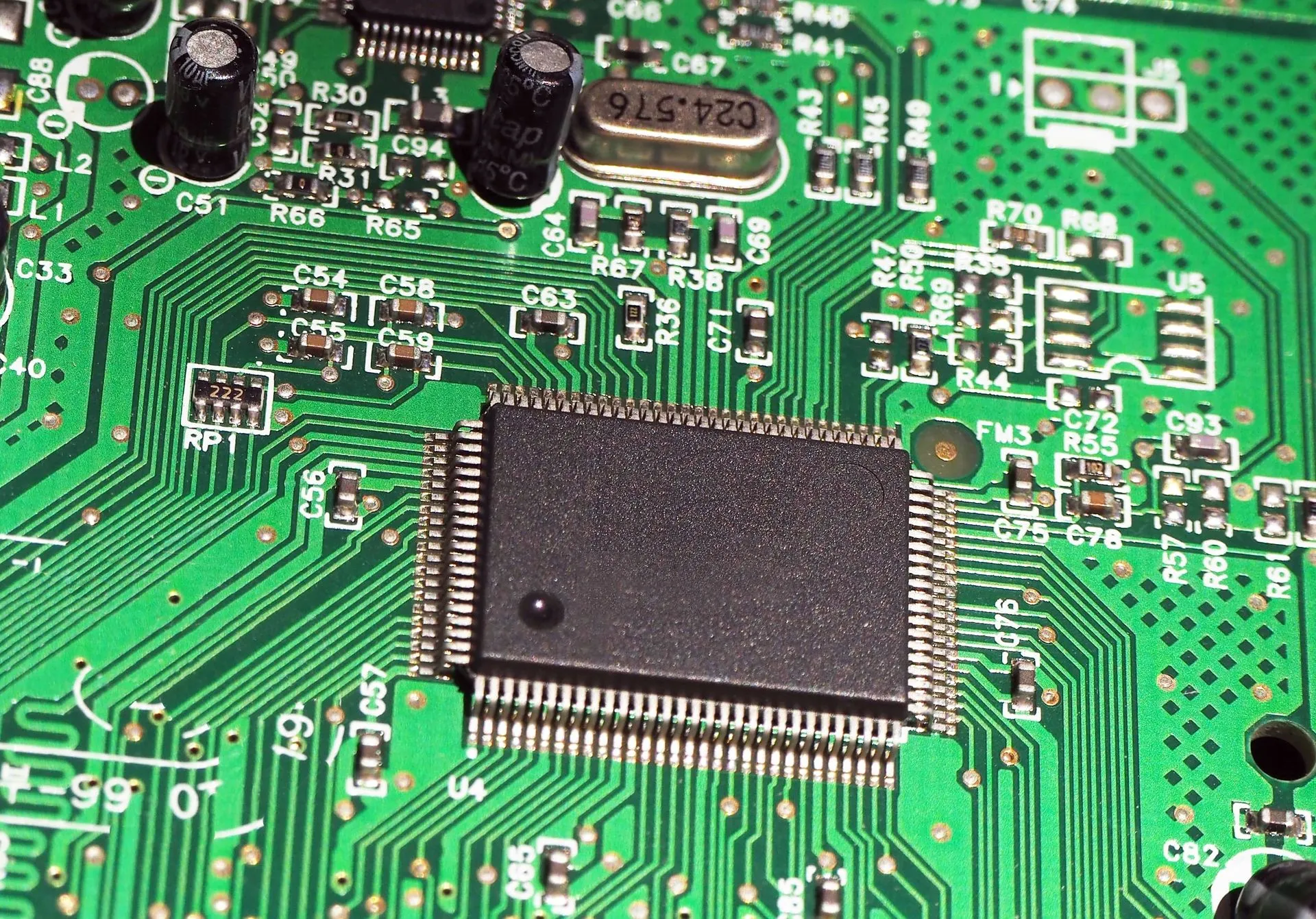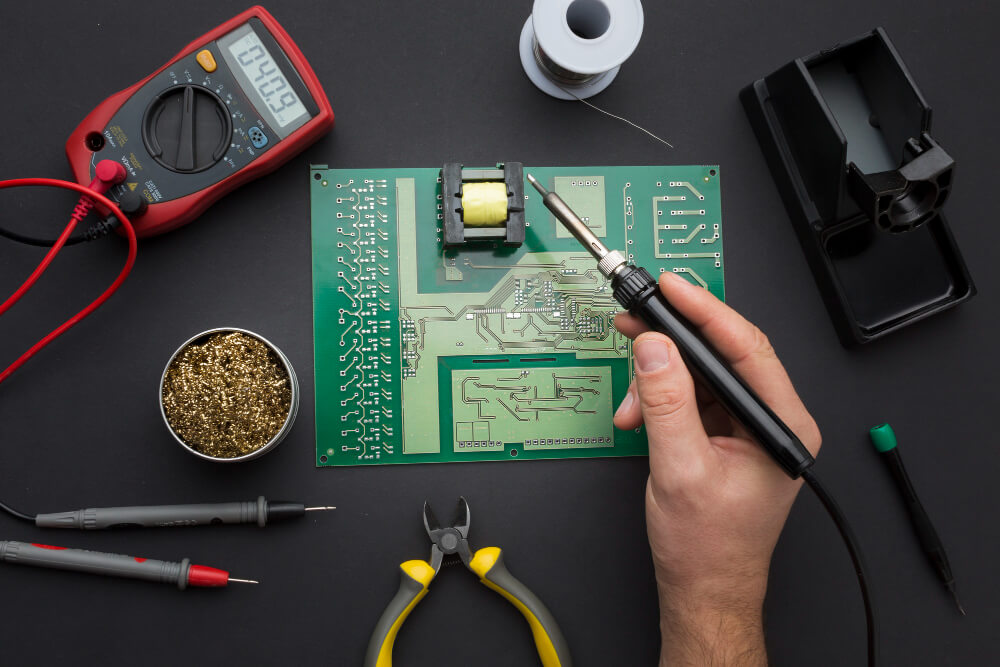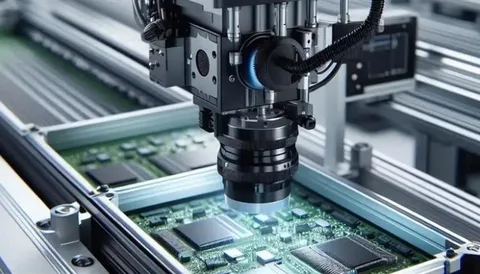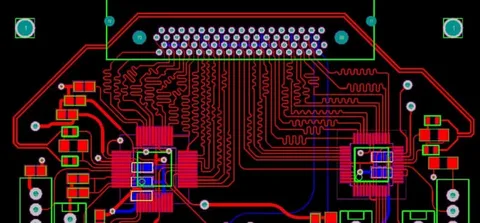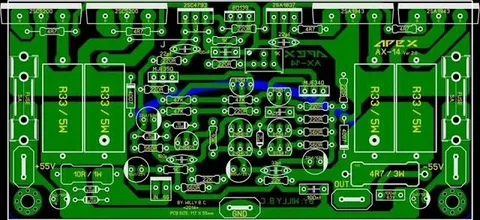In today’s rapidly evolving industrial and technological landscape, change is constant. But with change comes a serious challenge—obsolescence. From electronic components and software platforms to machinery and spare parts, products and technologies can become outdated faster than ever. Without a proactive approach, this can lead to major operational disruptions, increased costs, and missed business opportunities. That’s where obsolescence management becomes a critical strategy.
In this guide, we’ll explore what obsolescence management is, why it’s essential, and how implementing a solid plan can prevent costly disruptions across your supply chain and production operations.
What Is Obsolescence Management?
Obsolescence management refers to the structured process of identifying, assessing, mitigating, and managing components or systems that are at risk of becoming outdated or unavailable. It ensures continuity of operations by planning ahead for parts, tools, software, or technologies that are nearing the end of their life cycle.
This practice is particularly vital in industries such as aerospace, defense, manufacturing, telecommunications, and healthcare, where product life spans are long, and downtime can be extremely expensive.
Why Obsolescence Management Matters
Without a proactive obsolescence management strategy, companies face:
- Unexpected downtime
- Disruption in production schedules
- Increased maintenance and repair costs
- Procurement delays
- Regulatory compliance risks
For example, if a key electronic component suddenly becomes unavailable, production lines might halt while engineers scramble to source or redesign around an alternative. This can significantly delay deliveries, impact customer satisfaction, and inflate costs.
Key Benefits of Obsolescence Management
1. Prevents Unplanned Downtime
Downtime is one of the most costly outcomes of obsolescence. Managing outdated components proactively allows you to replace or upgrade them before failure occurs. This ensures business continuity and avoids production halts.
2. Reduces Procurement and Maintenance Costs
When a component becomes obsolete, finding a replacement can be expensive — especially if it’s rare or only available from third-party suppliers. Obsolescence management helps you plan ahead, stockpile critical parts, or redesign before the costs skyrocket.
3. Supports Long-Term Product Planning
With a forward-looking obsolescence plan, manufacturers can align product development timelines with component life cycles. This helps reduce engineering change orders and last-minute redesigns.
4. Enhances Supply Chain Stability
Obsolescence can affect not only your internal systems but also your suppliers. By working closely with vendors and having visibility into their inventories and product roadmaps, you can reduce supply chain vulnerabilities.
5. Improves Regulatory Compliance
In industries such as medical devices or aerospace, compliance with safety and regulatory standards is non-negotiable. Obsolete components can jeopardize certifications. A formal obsolescence strategy ensures regulatory compliance is maintained.
Core Elements of an Obsolescence Management Strategy
1. Inventory Analysis and Risk Assessment
Start by cataloging every component, system, and software platform in use. Identify which items are at risk of becoming obsolete and assess the potential impact on operations if those components were to fail or become unavailable.
2. Lifecycle Monitoring
Track the life cycle status of all critical components, including manufacturer end-of-life (EOL) notifications, product change notices (PCNs), and software version support timelines. This helps anticipate obsolescence before it becomes a crisis.
3. Supplier Collaboration

Maintain regular communication with suppliers to get early warnings of discontinuations and to explore alternative sourcing strategies. Establish long-term partnerships for better transparency and support.
4. Technology Roadmaps and Forecasting
Develop internal technology roadmaps that align with business goals and future-proofing plans. Incorporate obsolescence forecasts to drive smarter decision-making.
5. Strategic Stocking and Last-Time Buys
Once a component is identified as nearing EOL, consider purchasing additional stock (last-time buy) to cover your forecasted usage during its remaining product life.
6. Redesign and Reengineering Planning
Prepare engineering resources and timelines for redesigns. Build in flexibility to swap out or upgrade components with minimal disruption.
7. Obsolescence Policy and Governance
Establish a formal company-wide obsolescence management policy. Define roles, responsibilities, reporting structures, and escalation paths for obsolescence issues.
Real-World Examples of Obsolescence Risks
- Aerospace Industry: Legacy aircraft often rely on electronics that are no longer produced. Managing obsolescence is critical to maintaining safety and airworthiness.
- Defense Sector: Military systems are used for decades. Component obsolescence can risk mission readiness if not proactively addressed.
- Manufacturing Plants: PLCs (Programmable Logic Controllers) or motors used for automation may become unsupported, halting production.
- Healthcare: Imaging devices and diagnostic systems may face software compatibility issues as platforms evolve.
How to Start an Obsolescence Management Program
- Assemble a Cross-Functional Team Include engineering, supply chain, procurement, quality assurance, and IT.
- Define Goals and Scope Decide whether you’re focusing on hardware, software, mechanical systems, or all of the above.
- Audit Your Assets Conduct a comprehensive review of all systems and components in use.
- Implement Lifecycle Tracking Tools Use asset management software or obsolescence databases to track EOL information.
- Establish Supplier Communication Protocols Regularly request EOL updates and changes from vendors.
- Build a Response Plan Create predefined actions for different obsolescence scenarios (e.g., last-time buys, redesign, alternative sourcing).
- Monitor and Adapt Obsolescence planning is not a one-time event. Review and update your strategy regularly.
Conclusion
Ignoring obsolescence doesn’t make it go away — it only makes it more expensive. A proactive obsolescence management plan helps manufacturers, OEMs, and asset-intensive industries stay ahead of potential disruptions, control costs, and maintain operational stability.
Whether you’re managing critical components or overseeing legacy systems, building an effective strategy now can save you from expensive downtime and lost revenue in the future.
In a world where technology changes fast, being prepared is your competitive edge. Start planning today.

